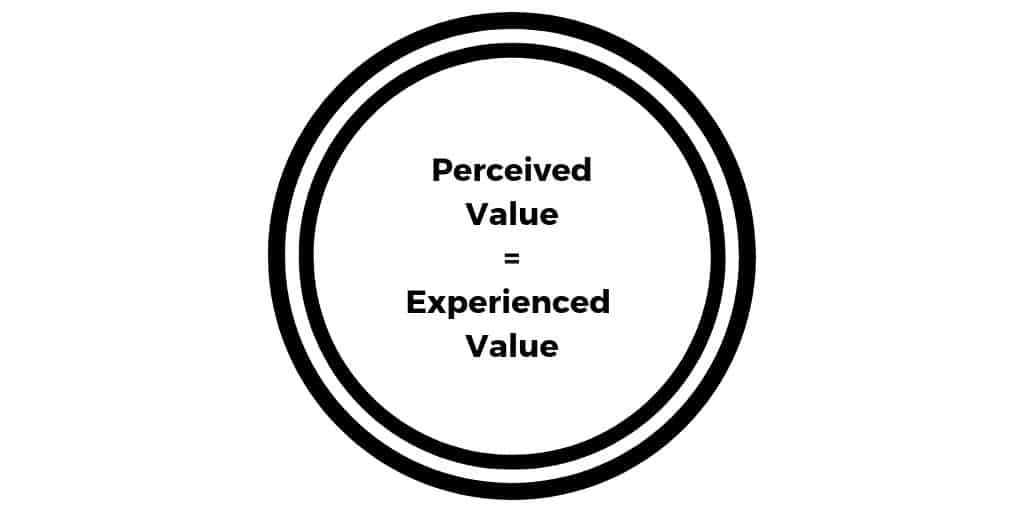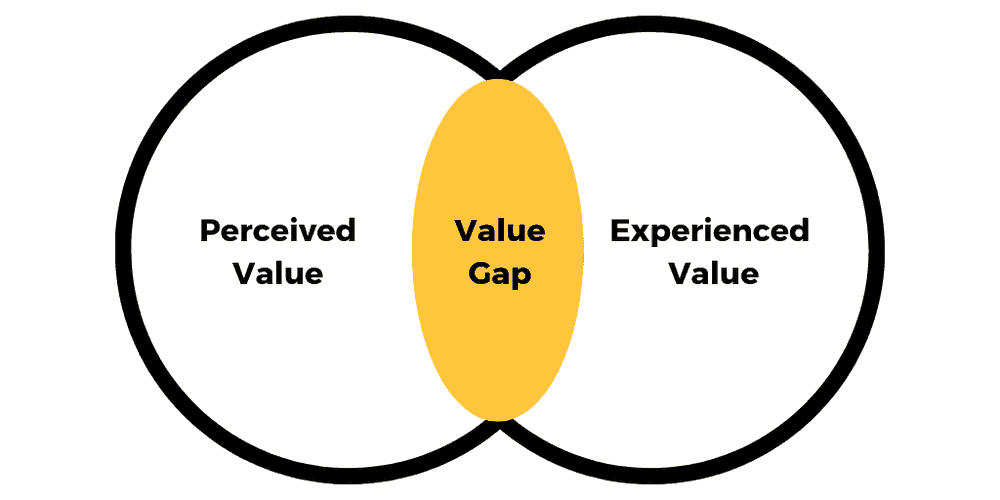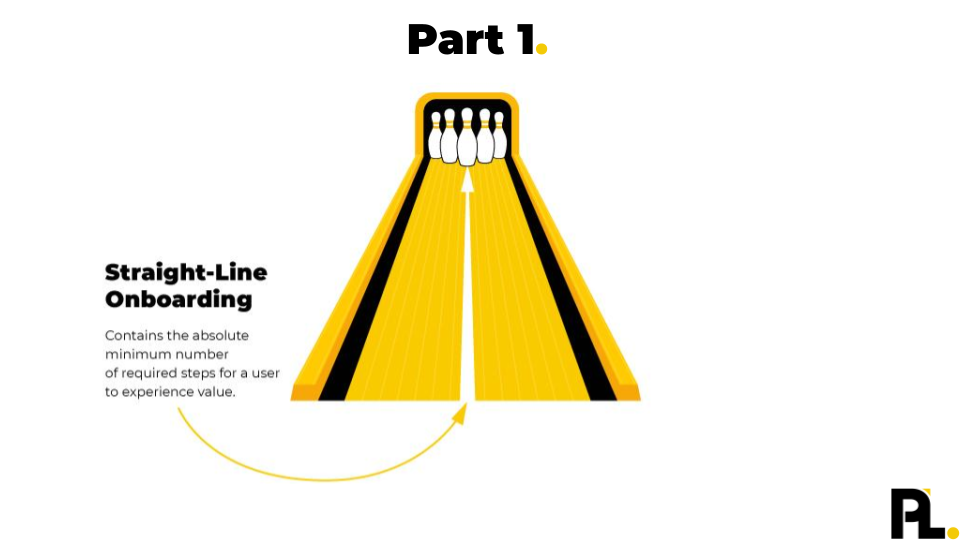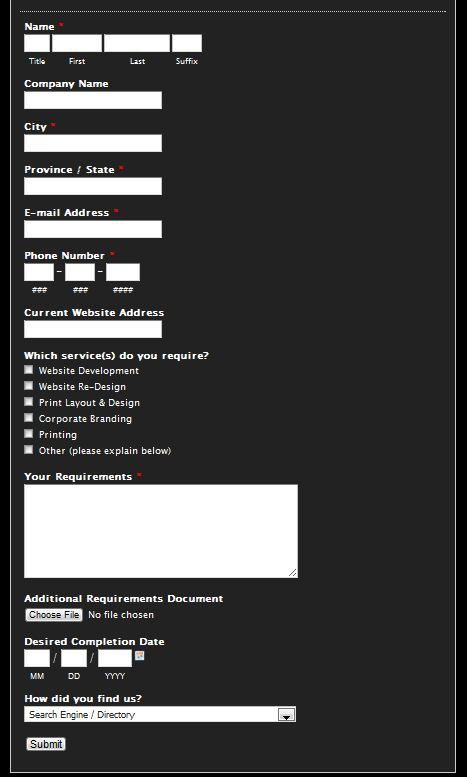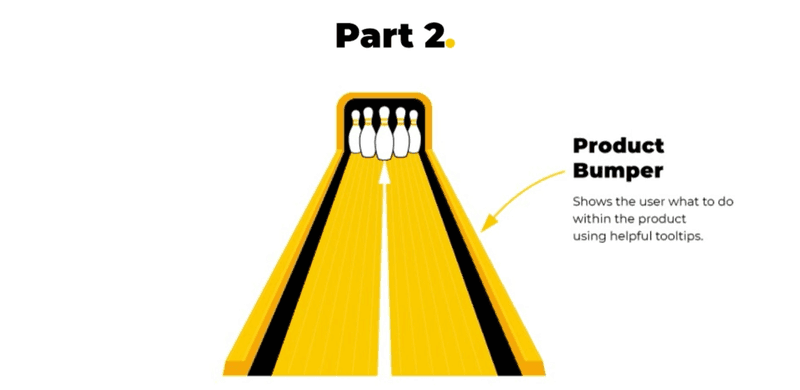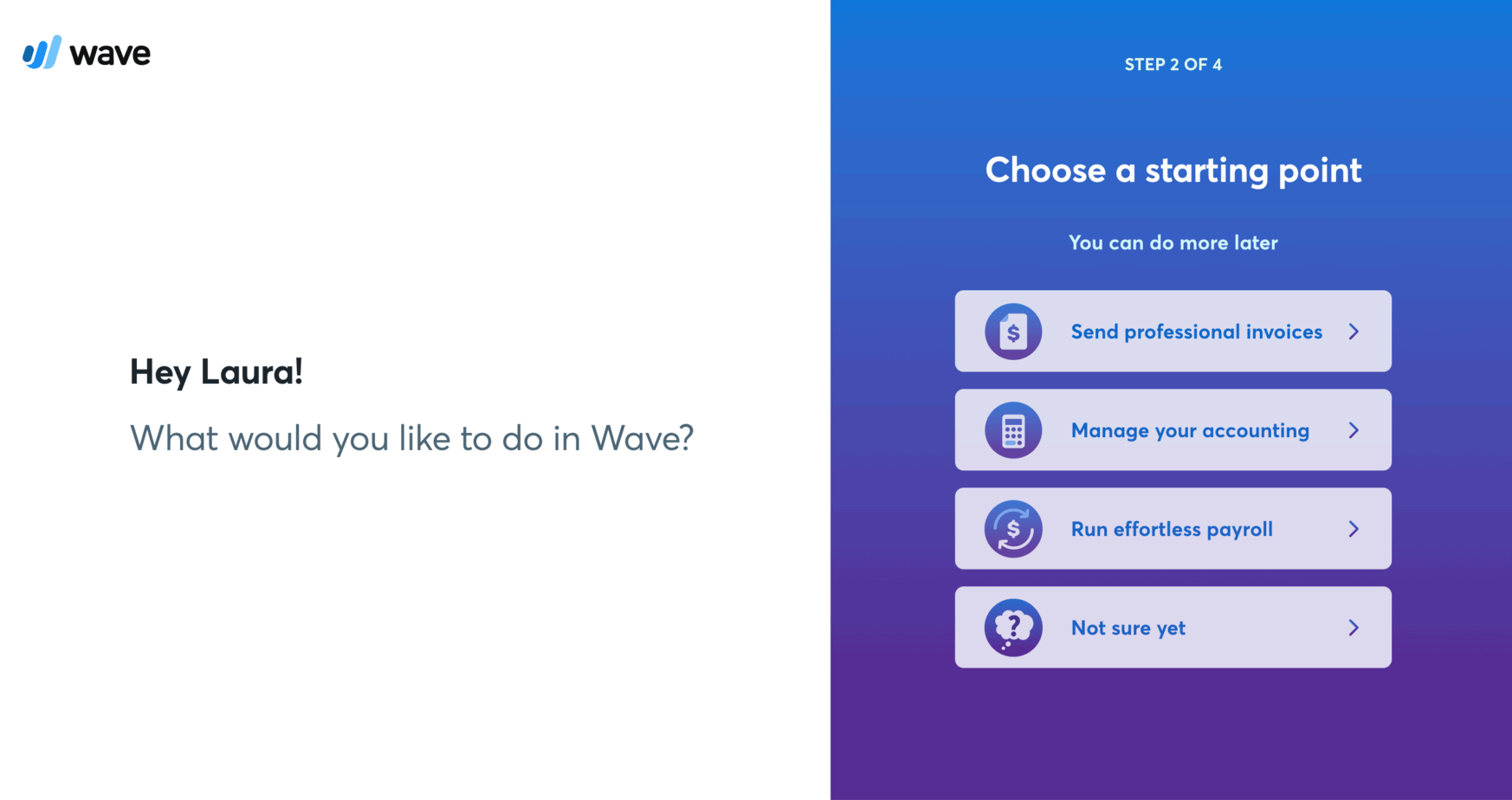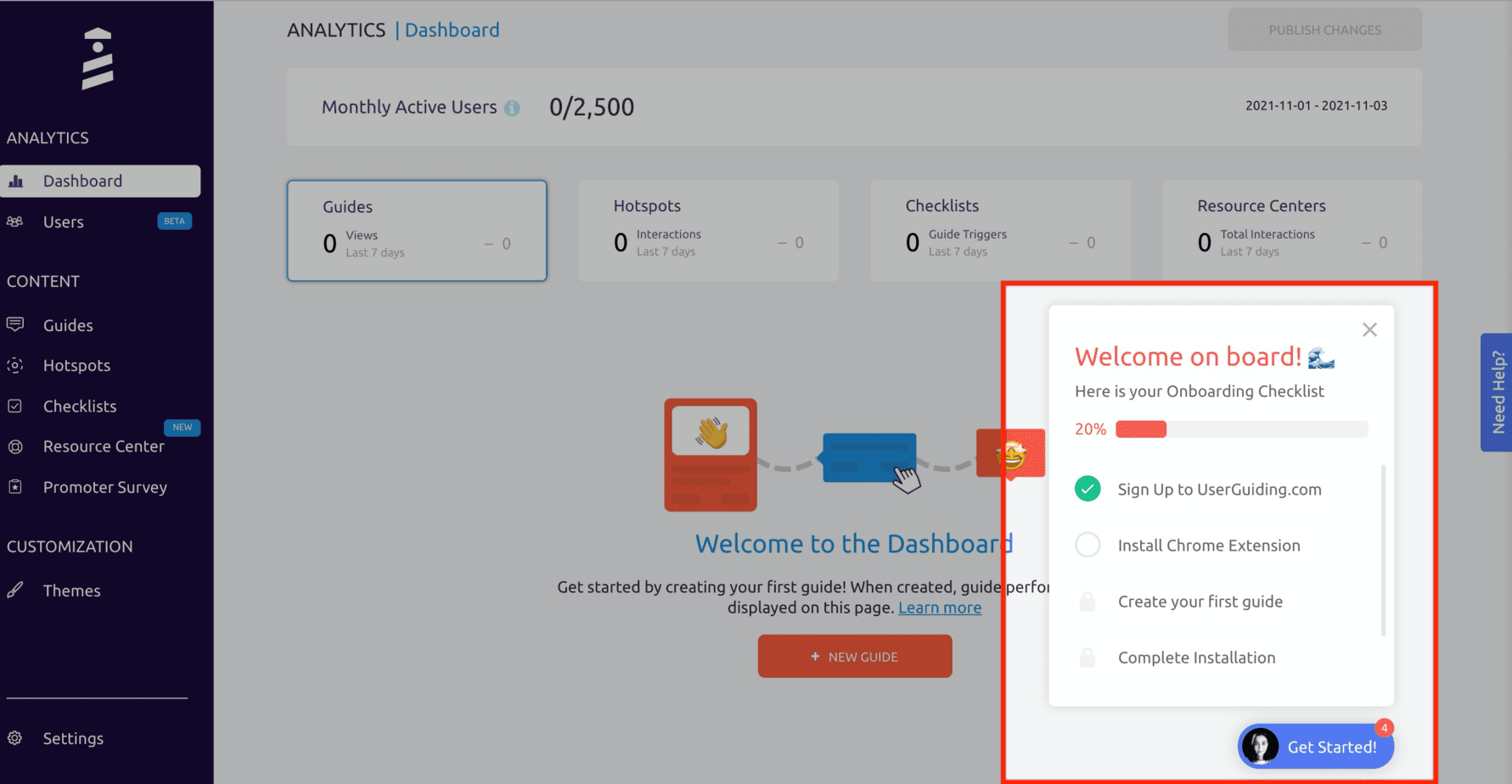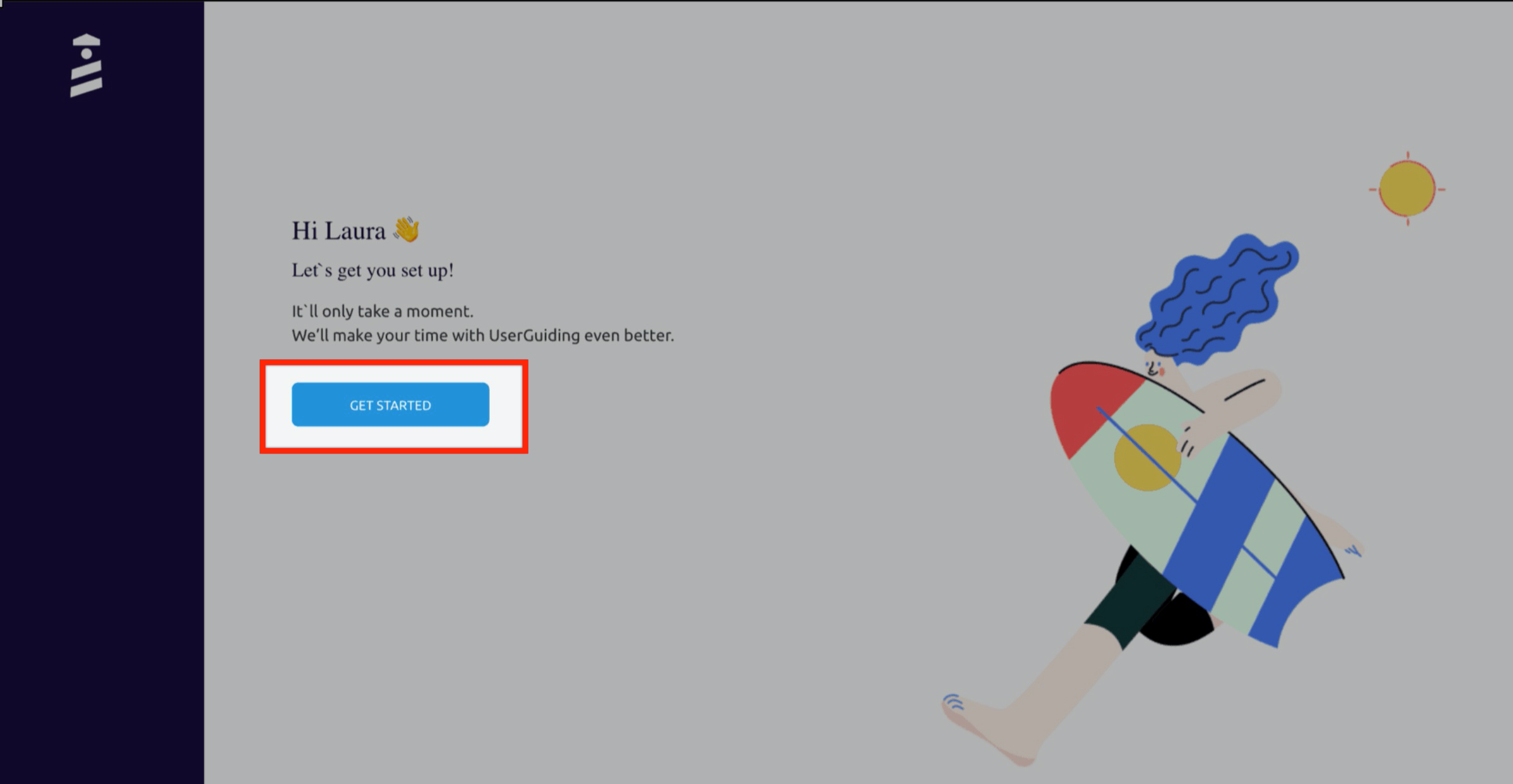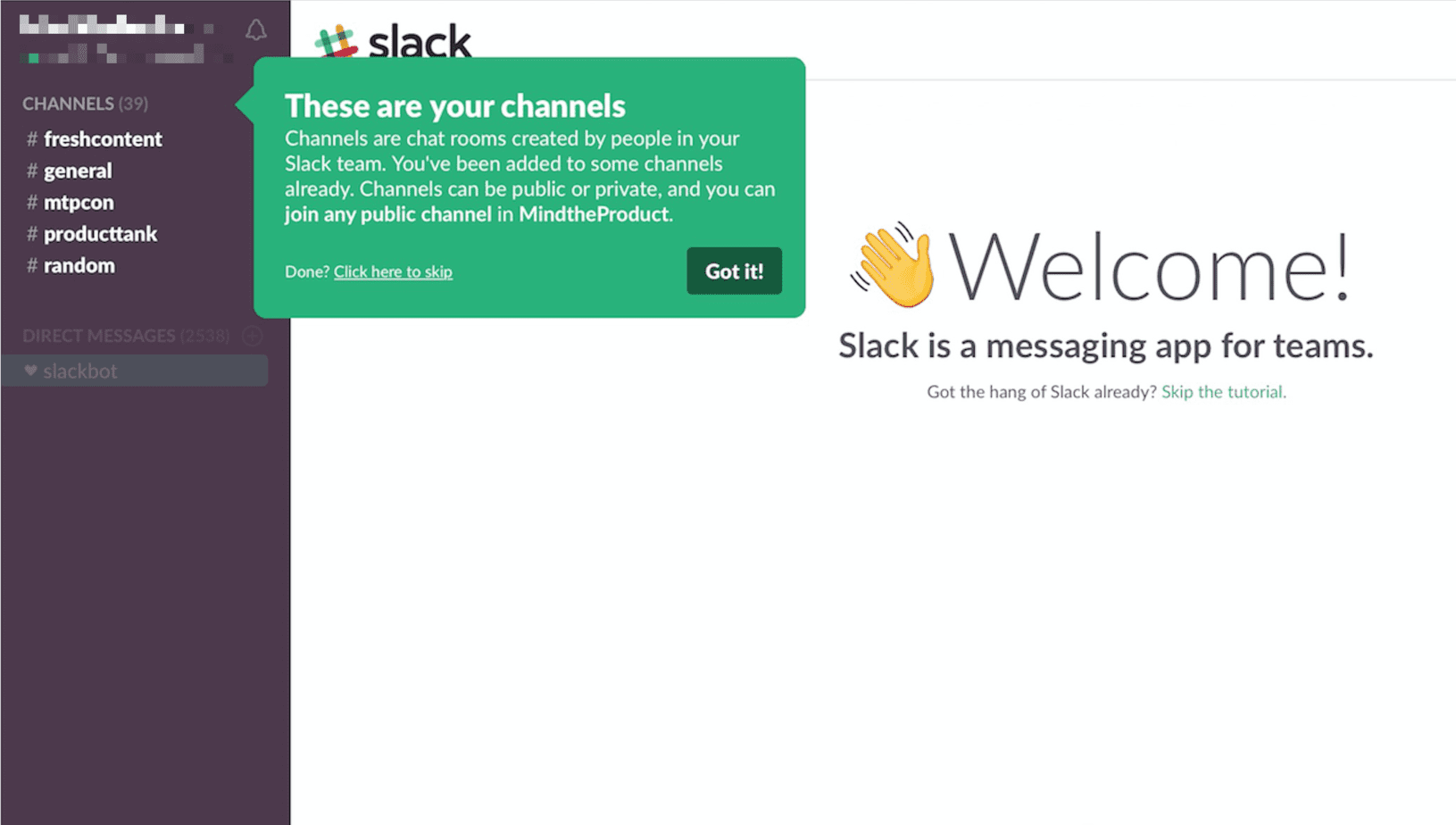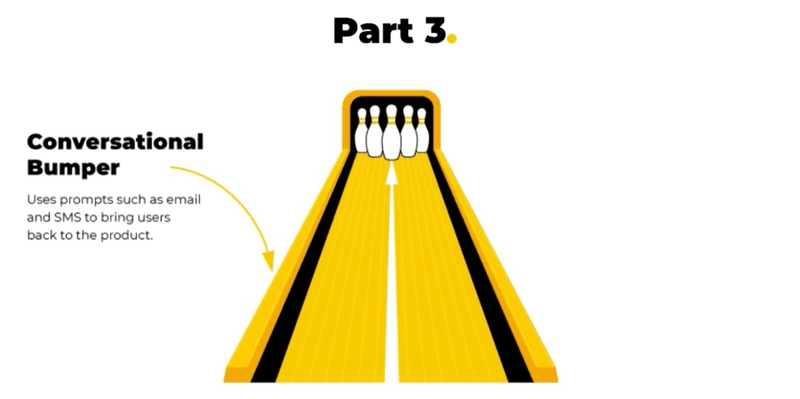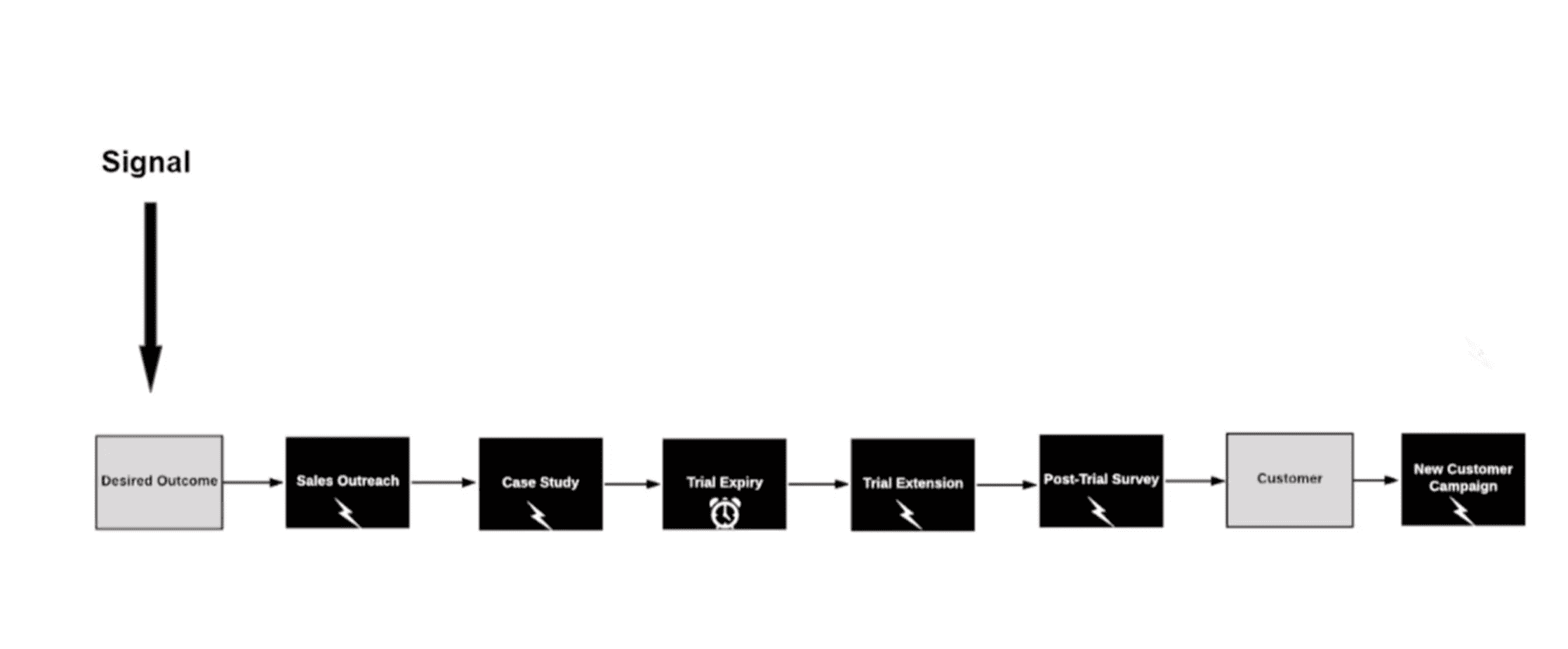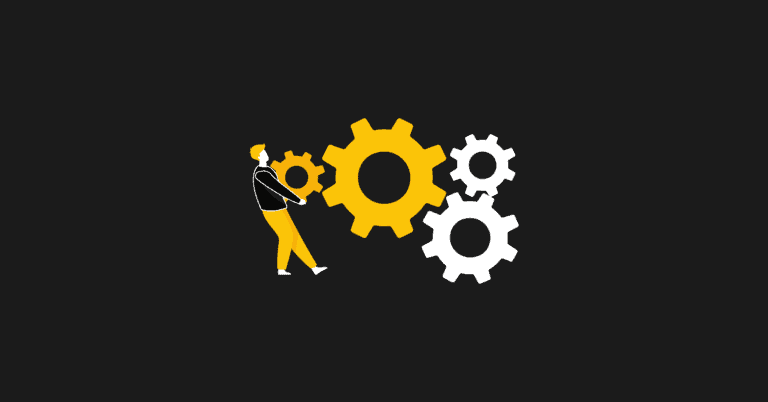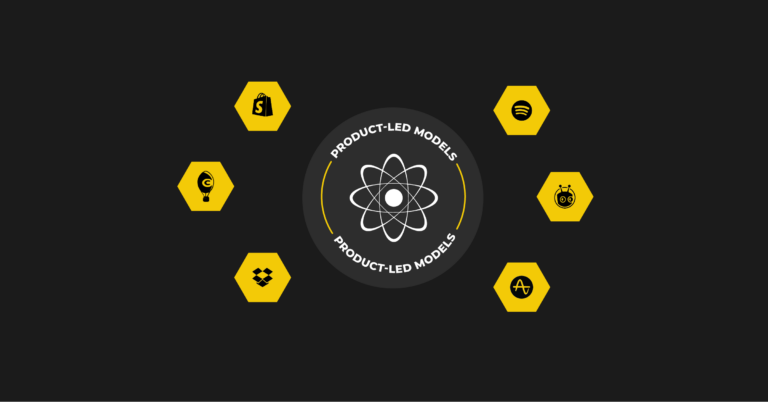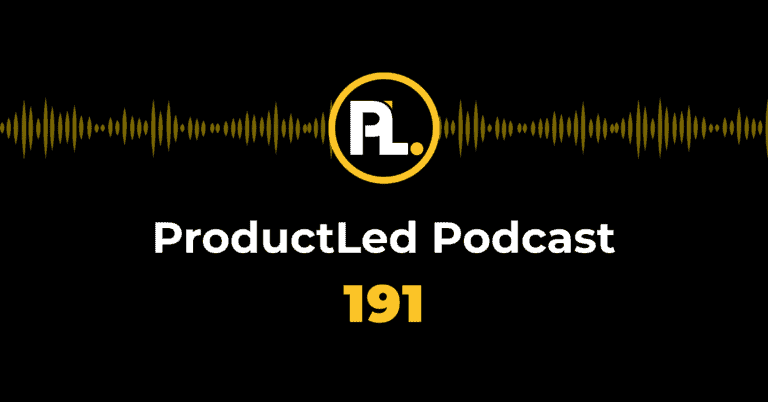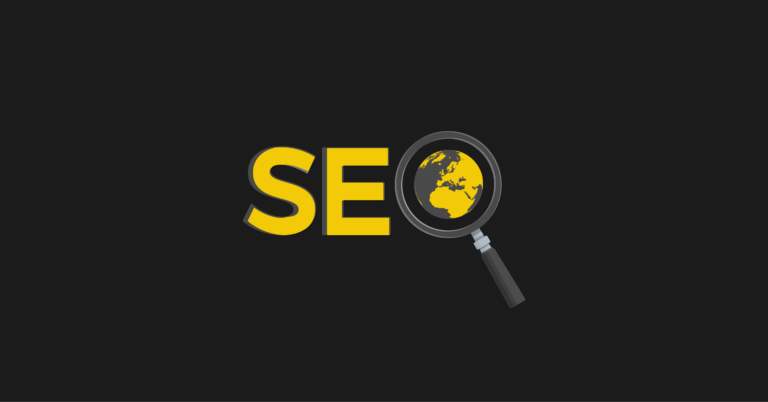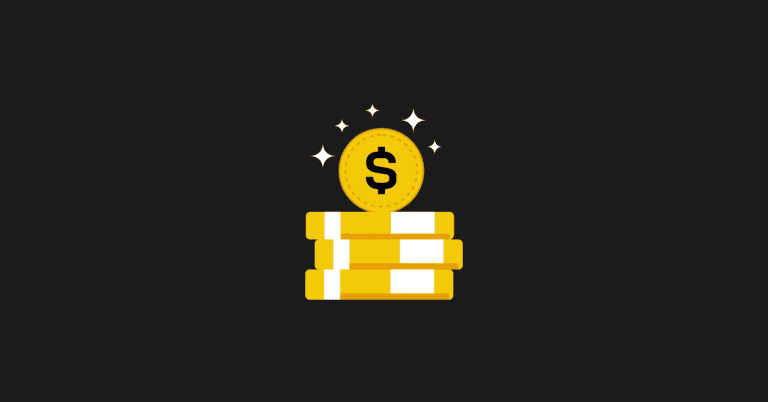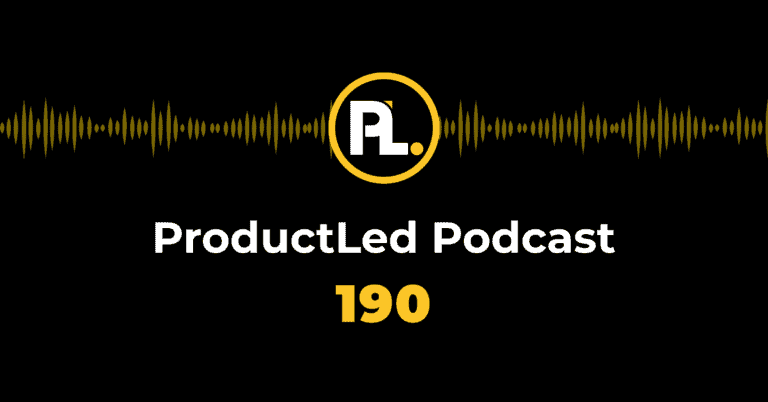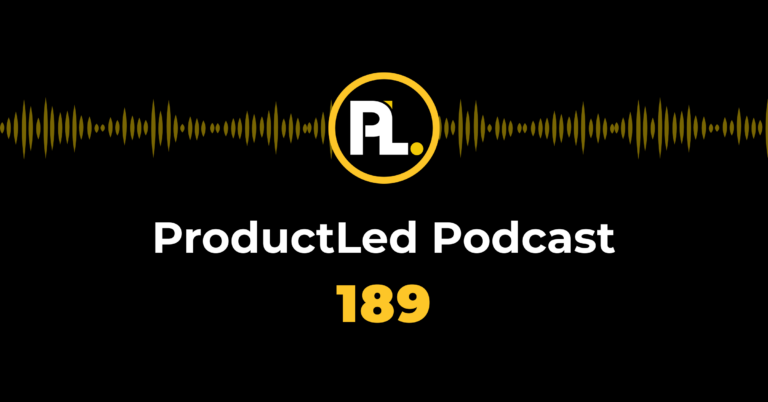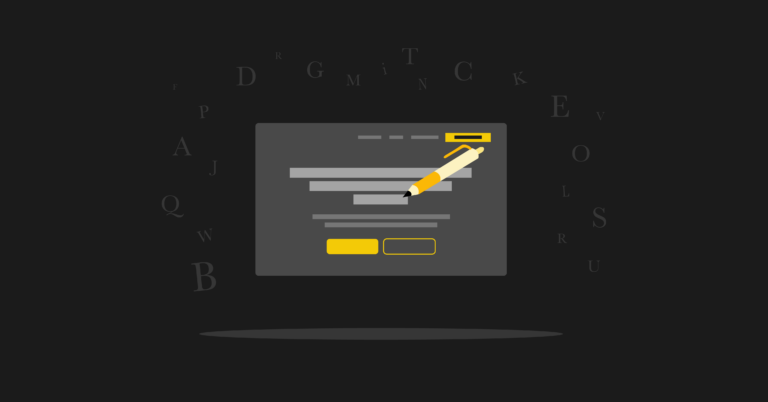Product-led growth is nothing new, but this user onboarding framework we've named the Bowling Alley Framework brings it up to date for SaaS companies.
Let me clarify that first statement…
Cologne/perfume companies sell their products because people try them in stores or with free samples. Those who like them are almost certain to become customers – often long-term ones.
Car companies sell their products because of test drives that give prospects the confidence to make the purchase and become customers.
Product-led growth is not a new model but, in SaaS, it isn’t just about trying before buying…
What are product-led growth businesses doing differently?
The best companies in the world have got one thing in common.
They make sure that a user’s Perceived Value matches up to their Experienced Value. In other words, they keep prospects happy by keeping promises and meeting (or exceeding) their expectations.
But if it’s that easy, why can’t everyone do it? Products solve problems, after all.
Where great companies make the difference is in time-to-value – how long it takes a new user to experience value.
When a user struggles to translate the Perceived Value (what they’ve been told and sold) of a product into Experienced Value (the results of using a product), this shows there is a value gap between the two.
The Bowling Alley Framework helps you prevent value gaps.
How to eliminate the value gap with The Bowling Alley Framework
Whenever someone new tries bowling, the same simple advice is repeated: bowl in a straight line and knock down as many pins as possible. They’ll have the bumpers set up on the lane so that they can’t end up with half a dozen gutter balls for every seven they throw.
The Bowling Alley Framework takes this idea and applies it to user onboarding in product-led growth SaaS companies.
Get it right (a.k.a straighten your line and put the bumpers up on both sides) and you’ll be bowling turkeys in no time!
Build a Straight-Line Onboarding experience
Creating a Straight-Line Onboarding experience means boiling your onboarding process down to the absolute minimum number of required steps a user needs to experience value.
Your product and everything associated with it, including your onboarding process, is your baby. I get it. Sometimes it can be hard to see the wood for the trees when you’re so "in" your product.
These three questions will help a lot –if you need to determine what you can do to create a Straight-Line Onboarding experience.
1. What steps can be eliminated?
Think of all the form fields and confirmation emails in the world that we could just do away with.
Entering your birthday, website, company name, position… All increasing your users’ Time-To-Value and impacting their Experienced Value, pushing them towards a Value Gap.
We need to focus on the bare minimum data that is essential to get somebody signed up.
In this example, an email and maybe a name are all we really need.
You might want information for segmentation – but only the segmentation that is essential for your users achieving value.
2. What steps can we delay?
The majority of onboarding experiences try to take you through the entire product. That can be pretty overwhelming. Most users aren’t trying your product for everything it does, they’ll be interested in one or two features. A good onboarding tool will limit and simplify the initial interaction.
For example, if you sign up for Slack, you aren’t made to add all your integrations right from the start. You get suggestions for integrations as and when you might need them – it’s contextual, which makes it helpful, it’s relevant, and it simplifies the initial user experience.
Slack still onboards you, even if it’s months after you downloaded, but only when it’s appropriate for your usage!
This is a lesson we could all do with learning – focus on the essentials and onboard the extras when they’re required.
3. What are the mission-critical steps?
Google Analytics is useless unless you add the Javascript code to your website. Without it, they can’t track anything, and until you complete that one step, their product is useless.
That’s a mission-critical step.
They’re different for everyone, of course, but you need to ask yourself what steps users need to take to use your product as it’s intended.
Asking these three questions can shave off anywhere from 20 to 75% of your onboarding steps.
By doing so, your Time-To-Value can be cut in half.
You will slash that value gap and increase the likelihood that your product has made the sale. This is also known as product–led growth!
How to create Product Bumpers
Think about the first time someone bowls without bumpers… It’s endless gutter balls. They’ll feel like they’re the problem, like they’re not successful, like it’s much harder for them than everyone else. We put bumpers up to level the playing field and make a successful game easier for first timers.
Apply the same logic to your new, stripped-back essential onboarding steps and see how we can make it even easier for people to achieve value. Put the bumpers up – in your products!
1) Product tours
This is one of my favorites. Product tours are really powerful at the beginning of any onboarding experience. Whenever someone signs up for a product, you can ask them “what are you hoping to experience” and give them a few options.
Wave Accounting is a multi-product company, so they can identify the job to be done for each user and help them reach their specific value point.
Use tours to set new users on a predetermined path that is perfect for their needs.
2) Checklists
Look at your Straight-Line Onboarding structure and translate those steps into a checklist for your users.
Doing this makes it so much easier for users to achieve value because you’ve done the heavy lifting for them. You’ve laid out exactly what they need to do, leaving them with nothing to guess at or work out.
They just have to tick off the vital steps on their way to experiencing value as they complete them.
3) Empty states
I call this the most valuable real estate in your entire product, but most people don’t know where this is. Most SaaS applications have a dashboard that’s empty on signup (i.e. full of empty tables and charts) and their product looks useless at signup because it requires integrations and other steps to deliver value.
Give new users a prompt such as "Get Started" to build their dashboard straight away and guide them through the necessary integrations.
What’s great about using this space is that instead of showing blank dashboards, you can show them a single point that says “here’s what you can do to see value from this product.”
4) Onboarding tooltips
Onboarding tooltips are so common now that we’re starting to see them misused or abused!
In my opinion, there are two good reasons to use onboarding tooltips:
a) To educate people on how to use something new. If you’ve never used Slack before, channels are brand new concept. So tooltips that educate people on them are vital!
b) To guide people. To hold their hands through the necessary steps of your product.
Misuse is when you use onboarding tooltips throughout the entire product experience, and your product effectively turns into a game of Whack-A-Mole, closing down popups every few clicks.
How to create Conversational Bumpers
This bumper does something that nothing else can. Communicating with your new users, whether through email, SMS, social, or another channel, as you identify where they are in the journey.
Most people treat onboarding with a ‘just in case’ approach. They’ll fire off a series of 15 emails for a 30 day trial period, hoping they’re helpful but without much thought for each user’s actual experience. It’s hit and hope.
But you can build a ‘just in time’ conversational bumper that reacts to where they are in their journey and helps them appropriately.
You need to know these signals when you see them; organically or through automations.
1) Signup signal
This one is pretty obvious, but it’s a good example to start with. If someone signs up, send a welcome email containing a usage tip that can help them achieve a quick win.
e.g. Someone signs up for Google Analytics, they receive a welcome email explaining how to add the code to their website, and they achieve a quick win.
2) Quick win
Follow up the quick win with more helpful content.
After achieving their quick win, keep the ball rolling with another email that sets out a more detailed/in-depth usage tip that helps them achieve that ‘better life’ your product promises, so they can achieve their desired outcome (and get value from your product).
3) Desired outcome
Near enough every company will measure lead to signup rates, but not leads to value achieved rates. That’s the true conversion rate you want to look for in SaaS.
Achieving value is a much better signal for long-term revenue than signups, because when someone achieves their desired outcome, you know your product has sold itself.
You know you’re running a company based on product-led growth.
Get your free copy of The Bowling Alley Framework
The value gap is the big problem product-led growth SaaS companies are facing.
Sleek sales pages and beautiful products are an important first step in securing users, but they are not the finishing point. Ensuring customers are achieving value with a quick time-to-value is the vital part of any successful product-led business.
The value gap means there is a misalignment between users’ Perceived Value and their Experienced Value. A Value Gap hurts us and our users from achieving their desired outcome.
I want you to build products where what you promise is exactly what people experience and experience it as soon as humanly possible.
If you want to know more about applying the Bowling Alley Framework to your product, download your free copy of the framework now.

